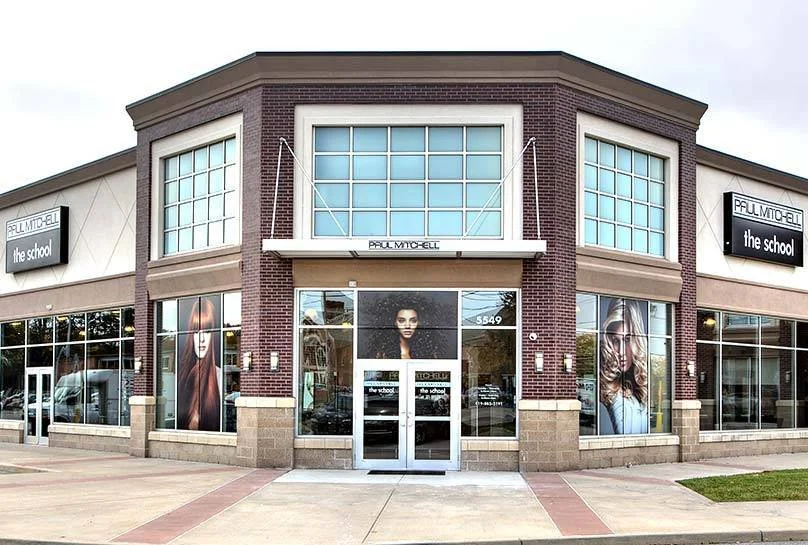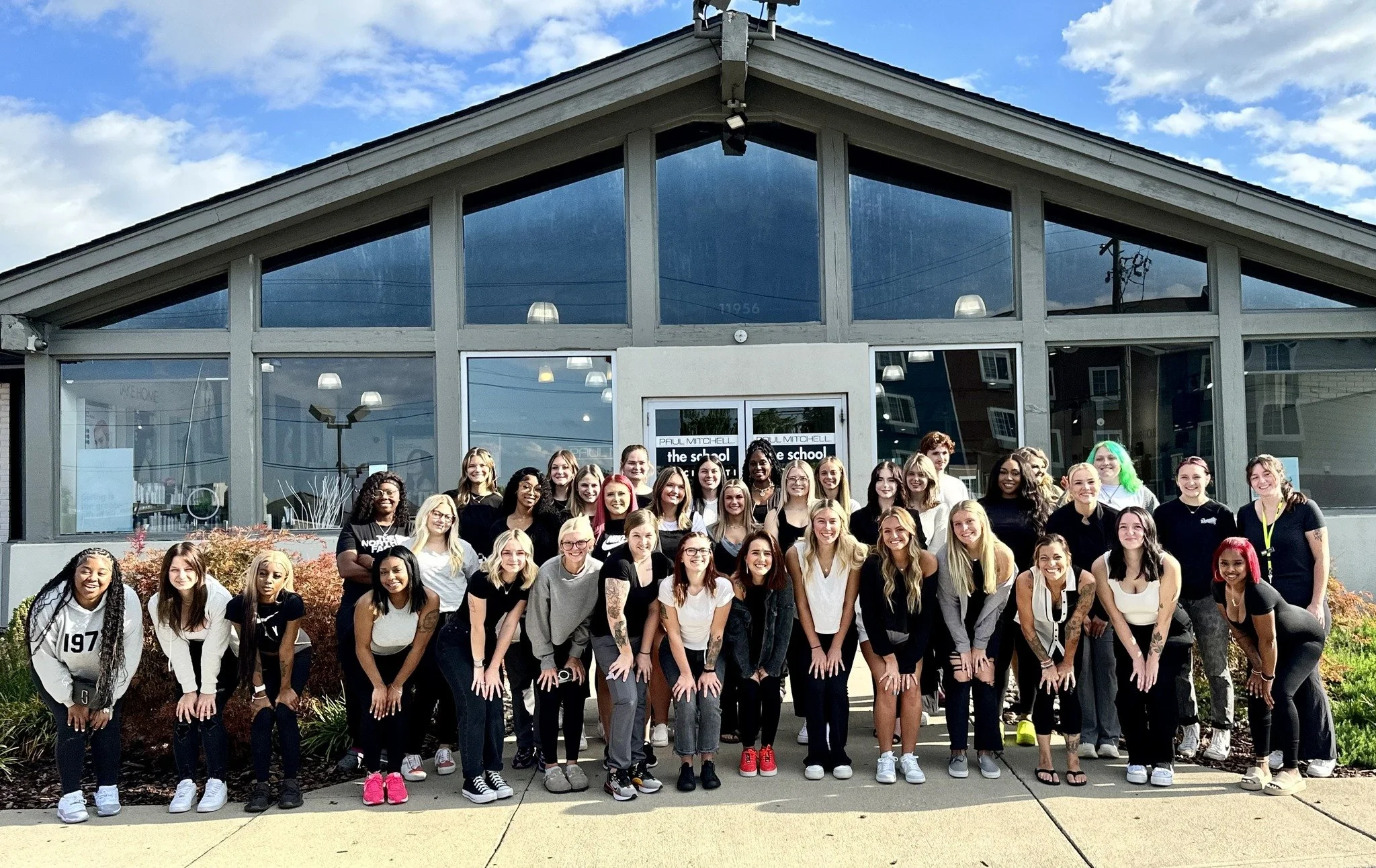The Broader Impact of Financial Literacy: 7 Steps to Integrate it in Your School
With Brittany Darling
Blog > The Broader Impact of Financial Literacy: 7 Steps to Integrate it in Your School
Integrating practical financial literacy into cosmetology school curriculums is becoming increasingly essential. We’ve rounded up some of our favorite (and actionable!) steps for schools looking to incorporate financial literacy in their programs, based on the first-hand experience and wisdom of Brittany Darling, Director at Paul Mitchell The School Toledo & Cincinnati.
Step 1: Embrace a Proven Financial Literacy Program
With her extensive experience in the beauty education sector, Brittany highlights the power of Qnity's MONEY EDU curriculum:
Networking: Don’t underestimate the importance of learning from what works in other schools. According to Brittany, for Paul Mitchell Schools — especially in Toledo and Cincinnati — Qnity’s program has been a game-changer.
Seamless Integration: Choose a program that fits smoothly into existing curriculum schedules, allowing students to benefit without overwhelming them.
Step 2: Highlight the Importance of Financial Literacy
Financial literacy is a critical skill for success in the beauty industry. Brittany stresses two key need states:
Understanding Finances: Not everyone possesses natural financial acumen. Brittany has plenty of anecdotes about students splurging on non-essentials while claiming they can't afford necessities, underscoring the need for financial education.
Real-Life Applications: Modules on budgeting and taxes provide practical knowledge that students find valuable. Interestingly, Brittany says she gets plenty of positive feedback on these sessions, especially for the budgeting exercises and the tax module.
Step 3: Incorporate Financial Literacy into Your Curriculum
Ensure that financial literacy is a consistent part of both full-time and part-time programs:
Dedicated Sessions: For example, part-time night students at Paul Mitchell Schools dedicate an hour and a half every Monday night to financial literacy.
Regular Engagement: Daytime students engage with the program twice a month, ensuring ongoing involvement and learning.
Step 4: Overcome Initial Hesitations
Educators may initially be hesitant to teach financial literacy. Brittany shares her experience in addressing this:
Structured Programs: The comprehensive nature of a program like MONEY EDU makes it easier for educators to facilitate classes.
Collaborative Learning: The program is designed for instructors to learn alongside students, fostering a collaborative learning environment.
Step 5: Leverage Positive Student Feedback
Student engagement and positive feedback are powerful motivators. Brittany highlights:
Interactive Modules: Elements like budgeting exercises offer practical, real-life applications that students enjoy.
Flexibility: Instructors can adapt the program based on class needs and interests, making it more effective.
Step 6: Address the Broader Impact
Financial literacy isn’t just for students planning to work independently; it’s crucial for all career paths in the beauty industry:
Career Preparation: Equip students with knowledge to make informed financial decisions, whether they work solo or manage teams.
Long-Term Success: Understanding money management is essential for any business venture within the industry.
Step 7: Provide Real-Life Examples and Stories
Brittany uses her personal experiences to illustrate the importance of financial literacy:
Relatable Narratives: Sharing her journey of navigating financial challenges during her education resonates deeply with students.
Motivational Guidance: Her story of working multiple jobs to support herself through school emphasizes perseverance and financial awareness.
Integrating financial literacy into a school curriculum has a profound impact on students’ educational experiences and future careers. Brittany Darling's dedication to financial literacy at Paul Mitchell Schools has led to significant positive feedback and engagement from students, and the structured approach of a program like MONEY EDU — combined with practical applications — prepares students for success in the beauty industry. By fostering financial literacy, schools not only enhance students' education but also equip them with essential life skills for their future.
MONEY EDU by Qnity is the premier financial literacy program tailored for beauty and wellness professionals, reaching nearly 40,000 students to date.
This initiative, brought to you by Qnity for Schools, complements your curriculum, equipping the next generation with essential financial training alongside technical training. With 8 modules and 40 visually stimulating lessons, you'll empower your students with training on critical topics such as financial pros and cons of each career path, tax compliance essentials, interpreting profit and loss statements, student loan repayment strategies, and so much more.
With hands-on support from our client success team, we work with each school to integrate seamlessly into your curriculum. Together, let's empower the next generation with technical AND financial education. Click here to learn more.
Want more?
Check out Qnity for Schools’ recent white paper on the state of financial literacy in beauty and wellness.









